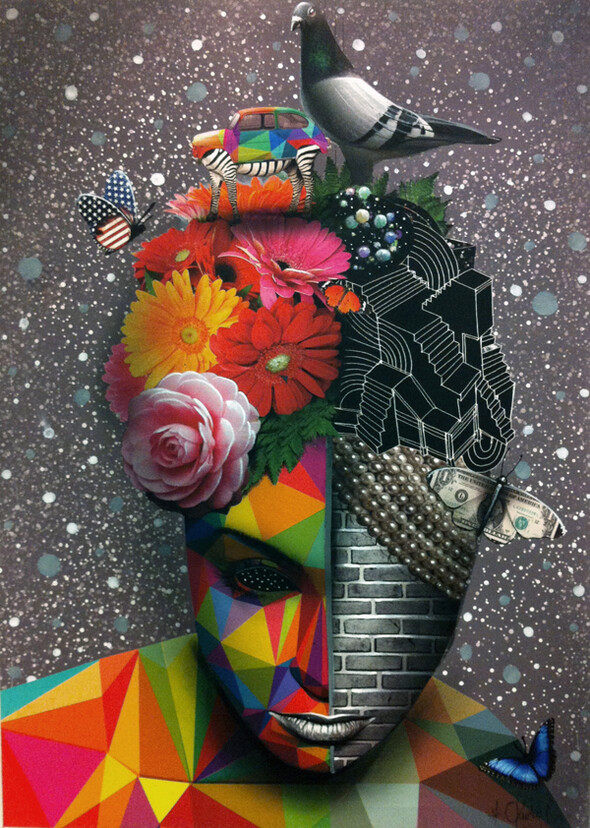

To help us survive, our brain must be very efficient at what it does. So, what can we learn from optical illusions? 1. This way you'll be able to use the power of illusion instead of accidentally working against it. To become a great realism artist, you must understand how it works, and optical illusions are a perfect material to learn from. We don't draw/paint a horse-we create something generating visual signals similar to the ones our brain would expect from a horse. A cube simply never looks like this! But these lines look close enough to what your brain expects to get from a cube, so you see a cube.ĭrawing and painting are the art of illusion. You can see a cube in many views, but this isn't one of them. What's more interesting is that this information doesn't even need to be fully accurate: The visual information you receive when looking at this is similar to information coming from a cube seen in a certain view, so your brain assumes this is a cube. What you see are flat lines made out of light dots on your screen. A cube is a three-dimensional form, and it can be rotated to present other views. Only then do we feel fooled, but the truth is we are being fooled all the time. We aren't usually aware of this, until we come across pictures presenting optical illusions. However, our brains are easy to fool-if something shows certain features of the real thing, we see it as the real thing. Reality can't be painted it's impossible.


 0 kommentar(er)
0 kommentar(er)
